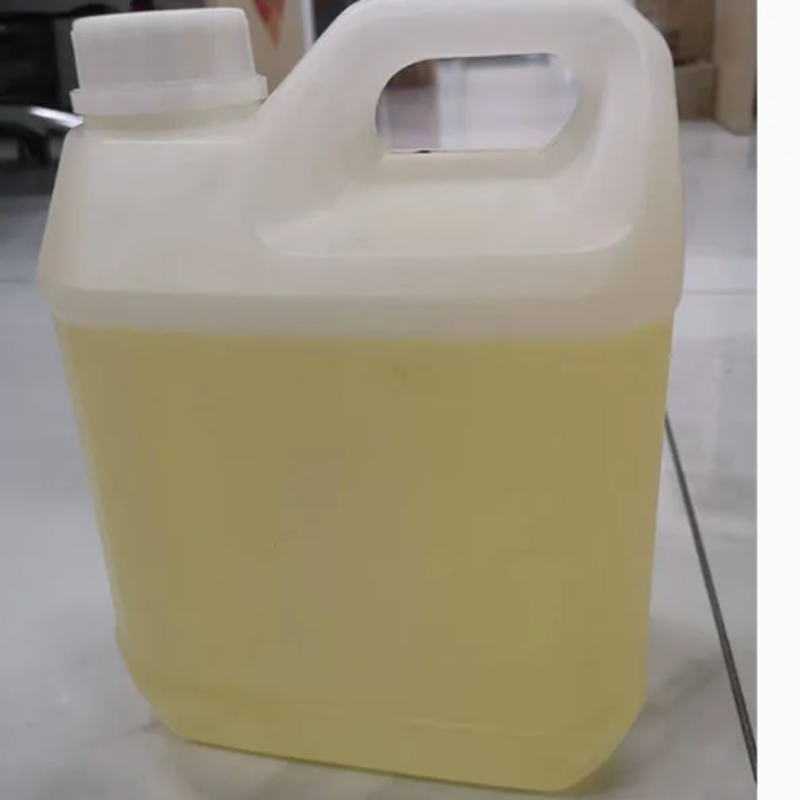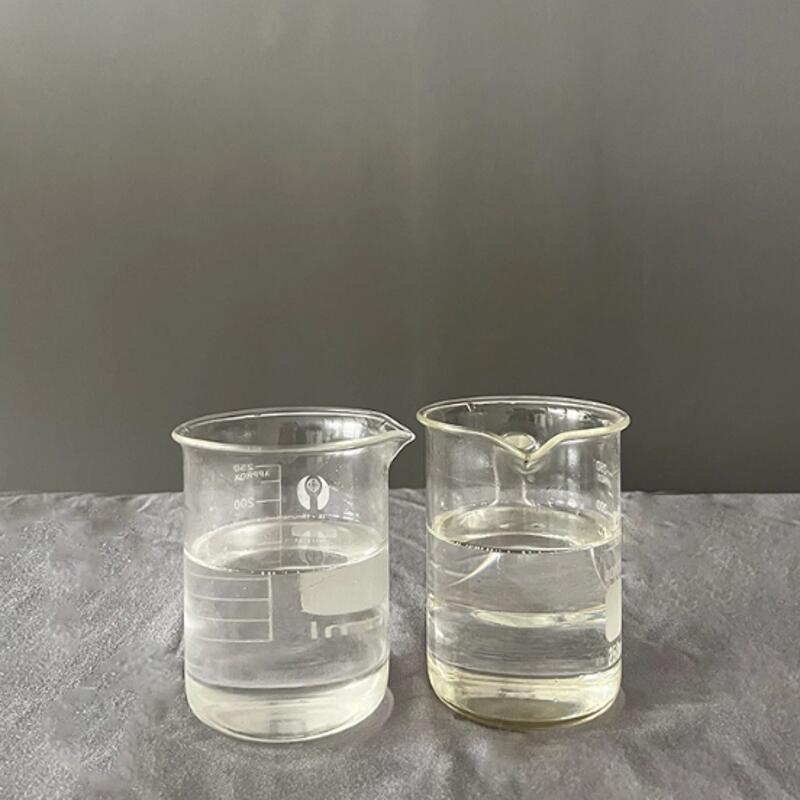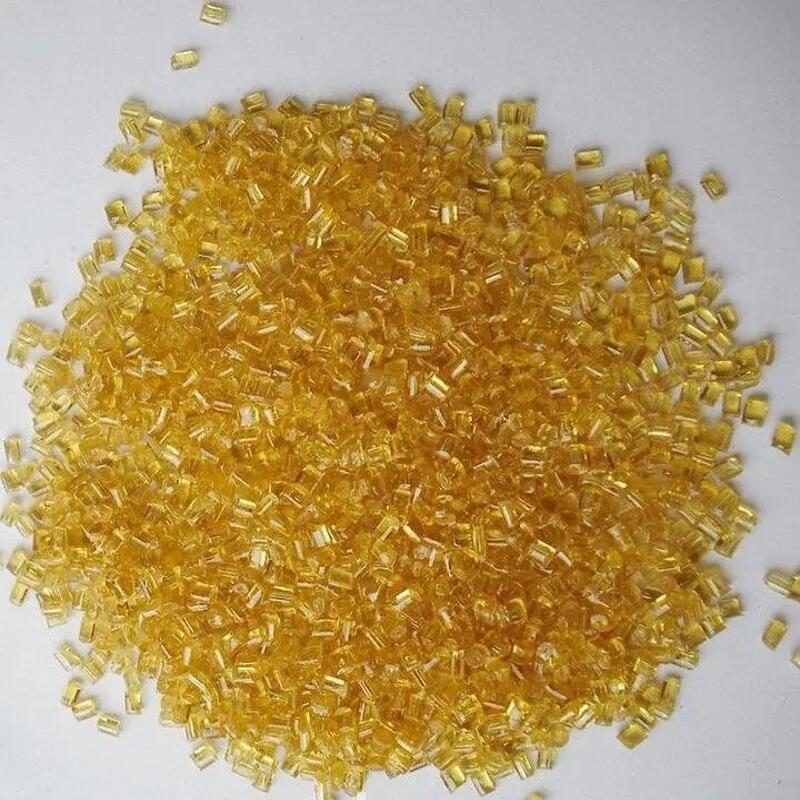-
Categories
-
Pharmaceutical Intermediates
-
Active Pharmaceutical Ingredients
-
Food Additives
- Industrial Coatings
- Agrochemicals
- Dyes and Pigments
- Surfactant
- Flavors and Fragrances
- Chemical Reagents
- Catalyst and Auxiliary
- Natural Products
- Inorganic Chemistry
-
Organic Chemistry
-
Biochemical Engineering
- Analytical Chemistry
-
Cosmetic Ingredient
- Water Treatment Chemical
-
Pharmaceutical Intermediates
Promotion
ECHEMI Mall
Wholesale
Weekly Price
Exhibition
News
-
Trade Service
2020 has a magical start.
The domestic epidemic broke out, downstream factories were shut down to resume work, and the market was dead.
However, with the passage of time, the epidemic control was gradually optimistic, and manufacturers returned to an active state
.
In March, the logistics gradually became smooth, the factory's starting load increased, the downstream gradually resumed operation, and the merchants actively entered the market for shipments, and the market gradually became more active.
Although the inventory was high at the beginning of the month, but driven by the positive, the futures fluctuated and moved higher, resulting in the polypropylene market.
, But there are unforeseen circumstances.
The first weekend of the month, that is, the OPEC meeting on March 6, the production cut agreement collapsed, and Saudi Arabia set off a crude oil price war, which led to the second largest one-day decline in the history of Brent crude oil futures.
It was second only to the single-day drop recorded during the 1991 Gulf War
.
At the beginning of the second week of March, crude oil futures collapsed, and PP futures fell to 6,480 yuan/ton at the opening price and continued to close.
Market merchants were caught off guard, and petrochemical manufacturers tried to support prices, but most of them were on the sidelines, and it was difficult for downstream demand to follow up.
Inventories remained at a high level, which made the market decline difficult to stop.
Later, manufacturers lowered their ex-factory prices, futures rose and fell with crude oil, and the polypropylene pellet market continued to bottom out
.
Crude oil price wars intensified, foreign epidemics broke out, and the international economic system fluctuated.
In the third week of March, crude oil futures closed at the lowest point on March 18, and WTI crude oil futures fell by US$6.
58 to US$20.
37/barrel, a decrease of 24.
42%
.
Near the end of the month, crude oil rose for three consecutive times, but the mentality of the players in the market was bearish.
The previous merchants were mainly wait-and-see, the shipment was not smooth, and most of the sales tasks were not completed.
At the end of the month, under the leadership of the sales tasks, the petrochemical inventory was effectively consumed.
From 1.
25 million tons at the beginning to 1.
125 million tons today, although the consumption of petrochemical inventories has accelerated and the trading in the field has improved, the polypropylene pellet market is difficult to bottom out, and the mainstream wire drawing in major areas in the field has been reduced by about 300 yuan / ton from the beginning of the month , the mainstream co-polymerization decreased by 400 yuan/ton from the beginning of the month, and the futures continued to decline.
As of today, it closed at 6,152 yuan/ton, down 220 yuan/ton, or 3.
45%
.
In the later period, the polypropylene pellet market continues to bottom out, the macro level is uncertain, the futures fluctuates downward, the inventory is running at a high level, and the downstream maintains just-needed procurement, and it is difficult to follow up effectively.
Therefore, it is expected that the polypropylene pellet market will still have room for downside in the short term.
The market is weak and difficult to change
.







